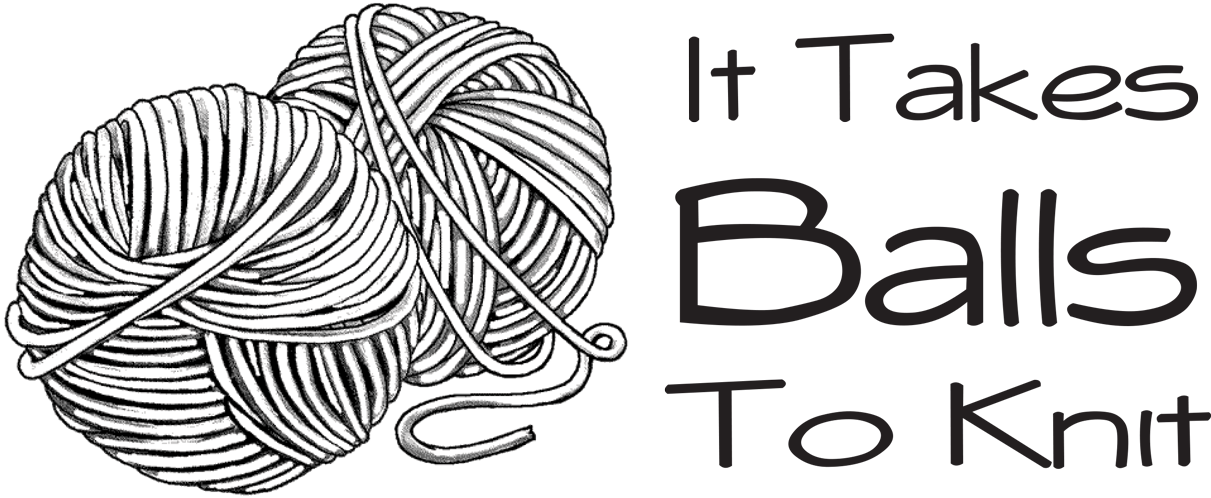Well, it seems a lot of discussion has started since the last post – I’m glad to see it. So let’s look at this blocking thing again, shall we.
What exactly is blocking and how/why should you do it? Well, part 1 of that question can be explained like this …
Blocking is the process that “sets” a knitted or crocheted piece of work to a particular size and/or shape.
The need for blocking starts even before you start to make your piece. The entire process of turning fleece into yarn starts the process of breaking down soft, luxurious animal hair. From the carding, plying, stretching, and twisting to making it into something wearable, to the further twisting and stretching when winding it into a ball and then knitting and crocheting it, that once soft fleece can be quite literally squished into something not quite as delectable as it once was. It is quite literally “bent” out of shape and needs to be relaxed and fit into a more desirable state. The process is similar to “relaxing” curly hair in order to have it lay straight. Yes, there is nothing wrong with curly hair (I quite like it), but with a knitted piece, you’d probably want to iron out all the kinks! Blocking does that.
There are multiple ways to block something, and I have found the process I use depends on the fiber and the time that I am blocking! Natural fibers block easily and often require little effort, while synthetics can require more aggressive methods, some requiring direct or slightly indirect heat from something like an iron. Today I am going to focus on blocking natural fibers.
I also mentioned the time of blocking as a factor in the method used. This is because sometimes you have to block a finished item that has multiple facets already joined together – like a sweater knit in the round. For that I usually do steam blocking … we’ll look at that another time.
For this discussion, we’ll be talking about 1 piece items, such as scarves, and individual pieces for things like sweaters. I have found it is better to block these pieces separately then sew them together for the finished garment. Let’s look at one method of doing this …
Let’s block the scarf shown in the last post. It is actually going to have the ends grafted together to form a circular scarf after it has been blocked. You’ll need the following items …
- blocking boards (or a spare bed/mattress)
- pins (I prefer the T-type pins in large and small)
- water in a spray bottle
- towel(s)
Take all your material into a space large enough for you to lay everything out and work comfortably. I usually lay out the boards on my bed.
Start by pinning one corner down onto the blocking board. You’ll want to pin in a stitch or two so as to not stretch the edge. In the picture below you can see the scalloped edge. You want to avoid this by pinning further in from the edge, and reducing the space between pins. You can’t use too many pins!
For narrower objects, (under 12″), I’ll pin across the object. Then I’ll pin down one of the outer vertical edges.
Now we go back to the top, go in about 1/4 of the object, and pin down vertically again. You’ll want to stretch it to shape on the column you’re working on as you go. Wider objects will have more pin rows, but this is a good thing. This distributes the “shaping” of your piece evenly, rather than doing all the corners first.
Repeat this process once you get to the bottom for the number of columns you’re pinning.
Here you can see the pins across the work. I use lots of pins!
Once you are happy with the size and shape of the pinned piece, it’s time to mist the work with water. I like to make sure the fabric is thoroughly wet, but you can mist to your liking. I mist it from top to bottom, working across the piece as I go.
Now you cover it with a towel (or 2, 3, …) and leave it to dry. If you’re pressed for time (someone wants to sleep on the bed), you can place a space heater nearby to aid in reducing the drying time.
Once it is thoroughly dry, remove the towel and pins and you’re done!
As I said before, there are other ways to block (wet, steam, etc), but I find this method will suffice for the majority of your pieces. We’ll also look at other methods in the future!
Hugzzz 😎









